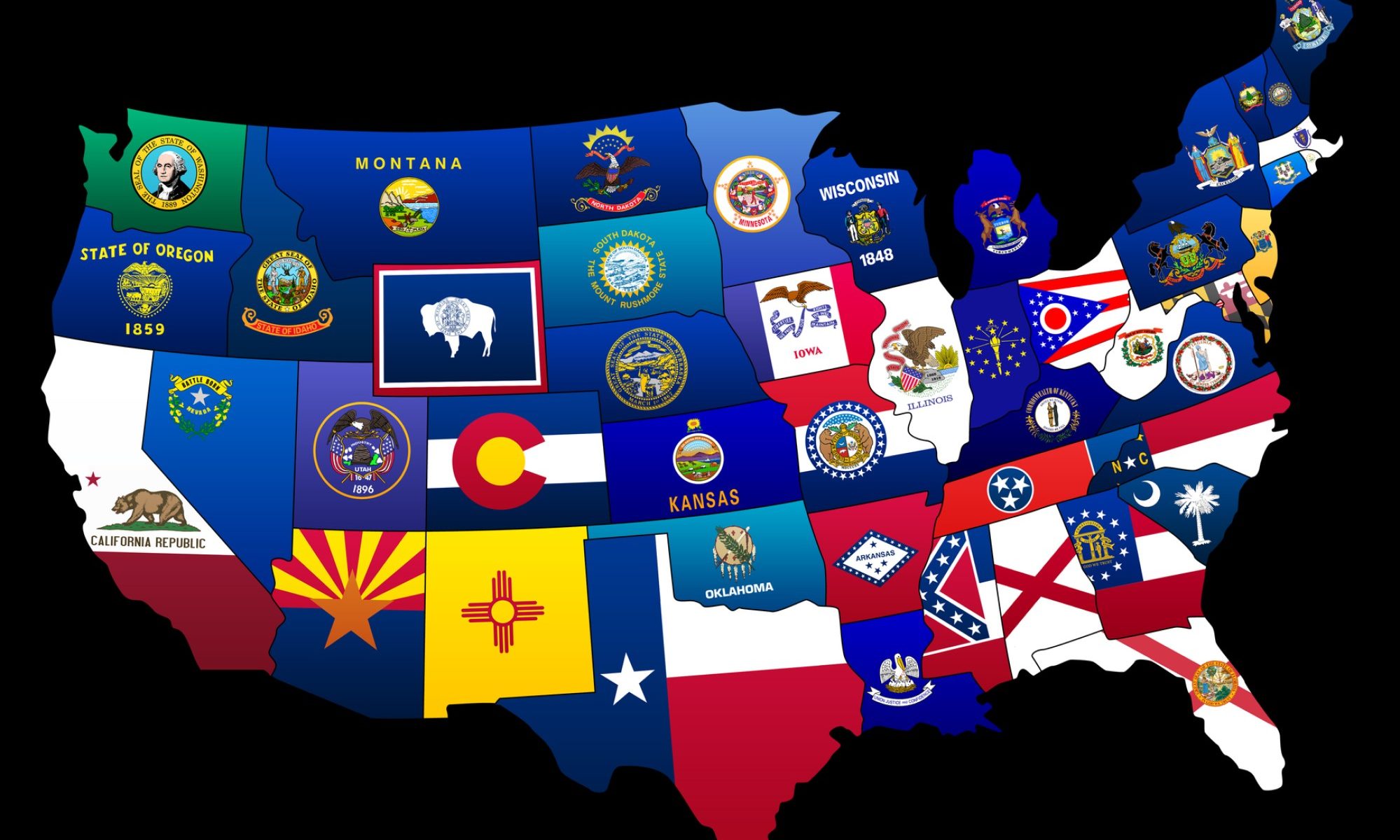One of the most striking aspects of the United States’ system of government is its federalism: those titular states are not mere administrative divisions, but unique sovereigns with extensive powers denied to the national government. Historically, support for federalism has cut across the liberal or conservative divide: it was the liberal Supreme Court Justice Louis Brandeis who, in 1932, famously coined the phrase “laboratories of democracy” to describe how the Constitution’s Tenth Amendment allows “a single courageous State . . . if its citizens so choose . . . to try novel social and economic experiments without risk to the rest of the country.”
That began to change around the middle of the last century, as Congress and the federal courts assumed the role of champions of individual rights and equality as against states committed to marginalizing certain classes of citizens. Now, with many statehouses dominated by conservatives, partly through partisan gerrymandering, and this Supreme Court paring away constitutional protections of individual rights — most notably, the right to abortion — there seems to be little reason for liberals to celebrate our decentralized system. Indeed, at least two liberal writers have recently tweaked Justice Brandeis with the titles of their books.
But federalism can, I think, be a friend to liberals.
In this column, I will argue that a state-centric approach to the liberal project is attractive for a wide variety of reasons.
The first point is prudential and straightforward. It is always better to have two shots at achieving your political goals rather than one. If liberals have control of statehouses, defeats on the national level — whether in the Supreme Court or in Congress — need not mean the demise of their agenda.
Moreover, the chances of success at the state level are not as dim, or at the national level as bright, as many liberals think.
There is a persistent myth that when it comes to individual rights and equality, the federal government gets things right more often than state governments.
This is understandable, given the central role the federal government played in vindicating the rights of African-Americans, denied to them by Southern states, during the Civil Rights era.
But the U.S. Supreme Court has not always been on the “right” side. The Court’s seminal civil rights decision in Brown v. Board of Education outlawed segregation in public schools by overturning one of its own rulings, Plessy v. Ferguson. Similarly, the important voting rights case Smith v. Allwright — where the Court held that in allowing the Texas Democratic Party to mandate whites-only primaries, Texas violated the Fourteenth Amendment rights of its Black citizens — reversed decisions of lower federal courts dismissing the case.
The Court’s record on labor rights is also spotty. In Lochner v. New York, the Court held that the Fourteenth Amendment’s Due Process Clause guaranteed a substantive right to contract, a right incompatible with state laws setting upper ceilings on the number of hours certain kinds of laborers — in this case, bakers — could work. In the mid-1930s, the Court invalidated a raft of New Deal legislation, prompting President Roosevelt to introduce an abortive plan to pack the Court.
Among the most shameful of the Court’s decisions concern state laws authorizing compulsory sterilization of people in states’ custody. In Buck v. Bell, the Court upheld a Virginia law allowing forcible sterilization of mental institution inmates. Justice Holmes’ opinion contained this now-infamous line: “Three generations of imbeciles are enough.” It was not until almost twenty years later that the Court, in Skinner v. Oklahoma, held that the forced sterilization of criminals was unconstitutional. I could go on.
State governments are also not as often wrong from a liberal point of view as is commonly believed. Indeed, in many areas, states have been in the vanguard of progressive change.
Wyoming became the first state to grant women the right to vote in 1890, thirty years before the passage of the Nineteenth Amendment. By then, fifteen states had already granted women full suffrage, with an additional eleven granting partial suffrage.
While the Supreme Court got it horribly wrong about compulsory sterilization in Buck, the state courts often got it right. Years before Buck, the highest courts of Michigan and New Jersey held that laws authorizing compulsory sterilization of the mentally ill in public institutions violated the Fourteenth Amendment’s Equal Protection Clause. Similarly, a Nevada court ruled that a compulsory sterilization law that applied to male prison inmates violated the Nevada constitution’s cruel and unusual punishments prohibition.
Besides the fact that the states are not always enemies of individual rights and equality, and the federal government not always a friend, there are additional reasons why state-level progressive agendas may be more successful than national ones.
By design, the authority of federal institutions is limited: Congress can only pass legislation under one of its enumerated powers, and federal courts only have jurisdiction over a limited range of cases. Not so with the states.
As long as its exercise is compatible with their own and the federal constitutions, states are free to use their “police power” — the power to legislate in the interest of security, health, safety, morals, and welfare — to pass laws on just about any issue under the sun. Similarly, state courts are courts of “general jurisdiction,” empowered to adjudicate issues governed by both state and federal law. Finally, most state constitutions are much easier to amend than the federal constitution, allowing for more rapid policy experimentation.
Nor are policies pioneered by one state necessarily confined to that state. The idea of “laboratories of democracy” is that if a state’s experiment is successful, it will be emulated by others. In truth, there is more than just admiration at play here. The reason that California’s announcement that it would ban the sale of new gasoline-powered cars by 2035 instantly became nationwide news is that if California were a sovereign nation, it would be the world’s fifth largest economy. Policies adopted in California have a nationwide and, indeed, a global impact, whether other states like it or not.
It will be replied that state experimentation is all well and good, but certain individual rights and equality protections should not be left to the states because there is no good reason that they should vary across state lines. Women are the same in Alabama as they are in New York, and hence their claim to reproductive freedom is no less strong in the former than in the latter. The point is undeniably compelling. But recognizing the value of federalism does not require abandoning the effort to nationalize or even constitutionalize rights. Rather, it gives liberals more opportunities to push their agenda forward — even when the federal institutions are not particularly receptive to it, as seems to be the case today.
The basic problem Americans face is that the founders gave us a remarkably terse, frequently ambiguous Constitution, and then they made it very difficult to amend. The few successful amendments are usually no less terse and ambiguous than the original document. This means that there will always be deep disagreement about which rights the federal Constitution protects. Given this reality, it behooves liberals to accept that not all courts will be the Warren Court, that not all Congresses will be the Congress that passed the Civil Rights Act of 1964, and that federalism affords viable alternatives to bring about progressive change.


